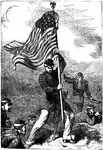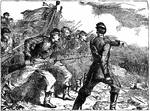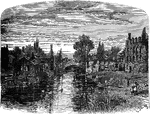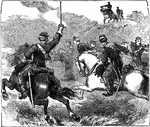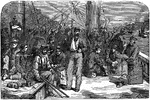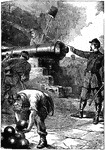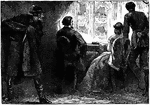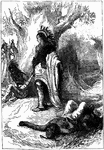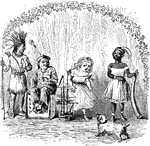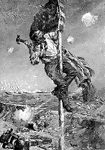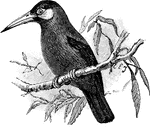
White-Eared Jacamar
The White-Eared Jacamar (Galbalcyrhynchus leucotis) is a bird in the Galbulidae family of jacamars.
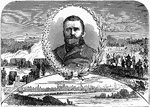
Ulysses S. Grant
Ulysses S. Grant, born Hiram Ulysses Grant (April 27, 1822 – July 23, 1885), was an American general…
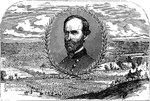
General Sherman
William Tecumseh Sherman (February 8, 1820 – February 14, 1891) was an American soldier, businessman,…
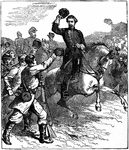
George McClellan
George Brinton McClellan (December 3, 1826 – October 29, 1885) was a major general during the…

George McClellan at Battle of Antietam
George Brinton McClellan (December 3, 1826 – October 29, 1885) was a major general during the…

Battle of Antietam
The Battle of Antietam (also known as the Battle of Sharpsburg, particularly in the South), fought on…

Kearny Cross
The Kearny Cross was a military decoration of the United States Army, which was first established in…

David Glasgow Farragut
David Glasgow Farragut (July 5, 1801 – August 14, 1870) was a flag officer of the United States…

Edward Winslow
Edward Winslow (1595 – 1655) was an American Pilgrim leader on the Mayflower. He served as the governor…
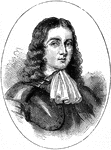
William Penn
William Penn (October 14, 1644 – July 30, 1718) was founder and "Absolute Proprietor" of the Province…
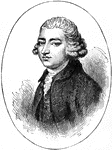
Edmund Burke
Edmund Burke (12 January 1729 – 9 July 1797) was an Irish statesman, author, orator, political…
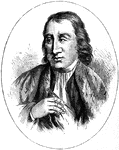
Samuel Adams
Samuel Adams (September 27, 1722 – October 2, 1803) was a statesman, political philosopher, and one…
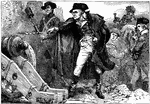
George Washington at Siege of Yorktown
An illustration of George Washington lighting a cannon at the siege of Yorktown.
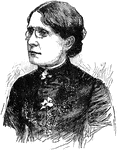
Frances Willard
Frances Elizabeth Caroline Willard (September 28, 1839 – February 17, 1898) was an American educator,…

Nandu
Nandu or "Rhea Americana, the so-called American Ostrich... is found from Bolivia Paraguay, and South…

Cormorant
The Cormorant "P. carbo, but has a tuft of long narrow recurved plumes on each side f the crown in the…
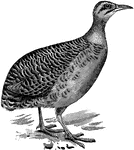
Red-winged Tinamou
"Rhynchotus rufescens,... is grey-brown, with blacker crown, rufous cheeks, neck, and breast, and chestnut…
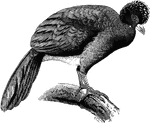
Crested Curassow
Crax alector, Crested Curassow, is black with a purplish gloss, the belly being white, the naked lores…
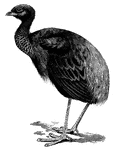
Trumpeter
"Psophia crepitans, the Agami, ranging from British Guiana to Amazonia, is a black bird with velvety…
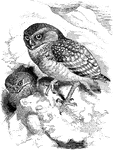
Two Burrowing Owls by the Mountains
"Speotyto cunicularia, the Burrowing Owl, a comparatively long-legged and short -winged bird with incomplete…

Native American Rebus
"Eighty armed Pottawattomie Indians surround a house and attack the inmates." -Trowbridge, 1866
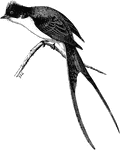
Scissor-tail
"Milvulus tyrannus, Scissor-tail, normally exhibits olive, grey, yellow, or white in varying proportions."…
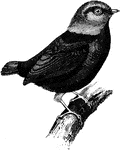
Red-capped Manakin
Pipra mentalis, the Red-capped Manakin, has black plumage with a red head, neck, and thighs.
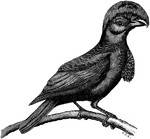
Amazonian Umbrella Bird
"Cephalopterus ornatus, the Umbrella bird, is entirely black, with a huge expanded umbrella-like crest…

Bell-Bird
"Chasmorhynchus niveus, the Bell-bird, ...have lores and orbits bare. The plumage is ordinarily plain…
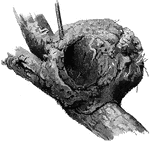
The Nest of an Oven-bird
"The curious nest is placed in exposed situations on branches, in forks of trees or shrubs, on posts,…
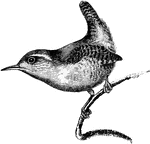
Wren
"Troglodytes parvulus, Wren, the coloration is ordinarily brown, with a great tendency to barring; spots,…

A Magpie Sitting on a Tree Branch Looking Down While Surrounded by Other Trees
"The Pica rustica, or Magpie, extends through the Palaearctic Region, and reaches Formosa and North…

Common Starling
"Our familiar Starling (Sturnus vulgaris) being iridescent black, with buff markings above, and, after…
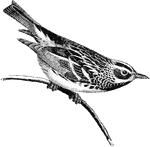
Black and White Warbler
"Mniotilta varia, the Black and White Warbler, The general coloration is olive-green, grey, or slaty-blue,…
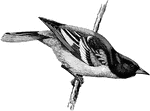
Baltimore Oriole
icterus baltimore, Baltimore Oriole, are glossy black, with yellow, bay, or orange patches-especially…

Indian Corn
Maize known as corn by most English-speakers, is a cereal grain domesticated in Mesoamerica and subsequently…
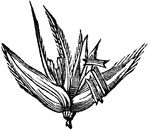
Indian Corn
Maize known as corn by most English-speakers, is a cereal grain domesticated in Mesoamerica and subsequently…
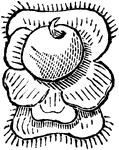
Indian Corn
Maize known as corn by most English-speakers, is a cereal grain domesticated in Mesoamerica and subsequently…

Indian Corn
Maize known as corn by most English-speakers, is a cereal grain domesticated in Mesoamerica and subsequently…

Revolving Rake
Edward established his role in the modernization of American agriculture when he invented a "revolving…
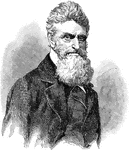
John Brown
John Brown (1800 – 1859) was an American abolitionist who advocated and practiced armed insurrection…

Major Robert Anderson
Robert Anderson (1805 - 1871) was a Union Army officer in the American Civil War. He is most known for…

Fac-smile of General John A. Dix's Dispatch
John Adams Dix, of New York, was appointed Secretary of the Treasury. He sent Mr. Jones to New Orleans…

